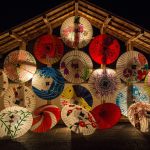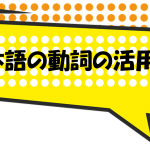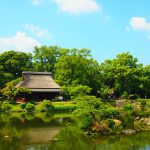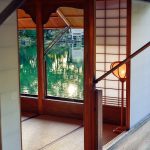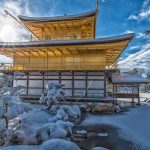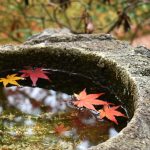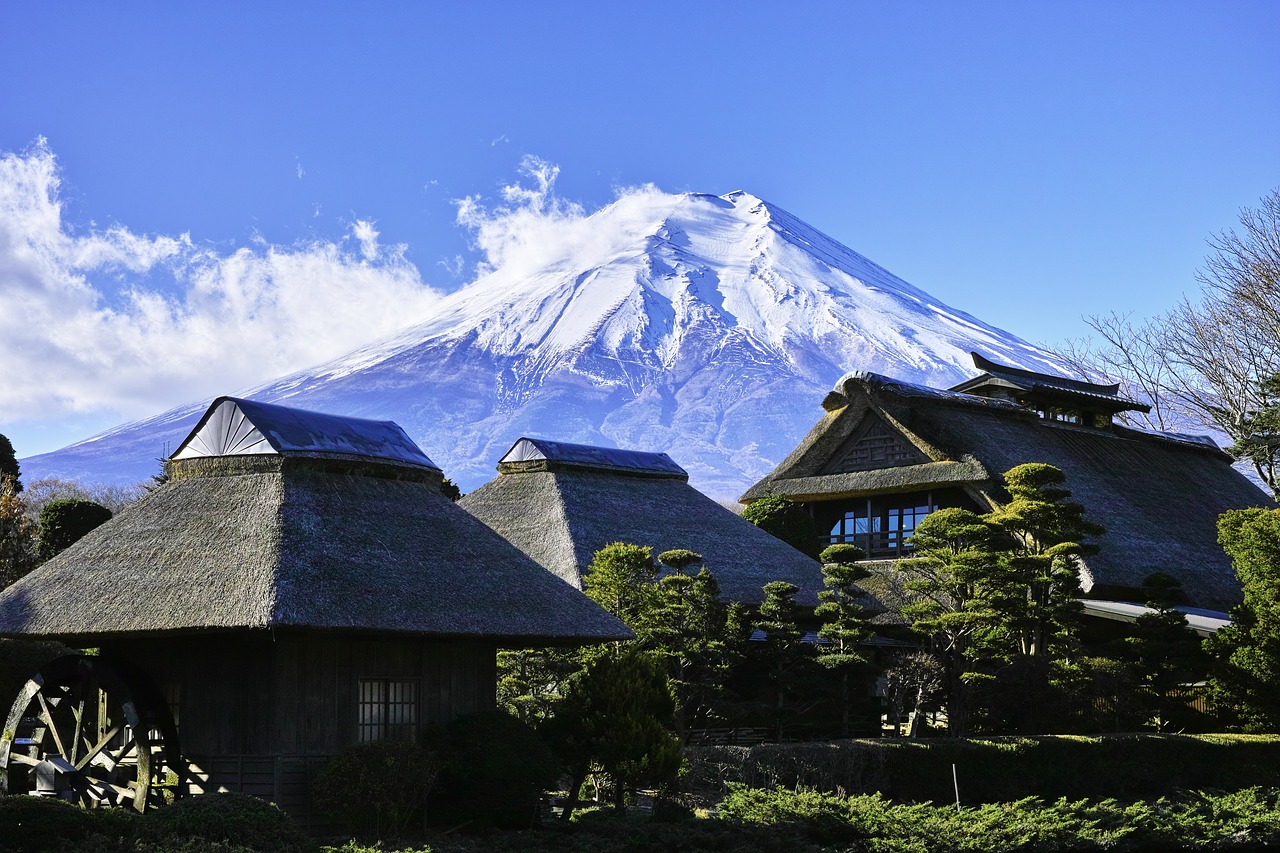
目次
What are Japanese participles?
Let’s learn particle no/の for now.
How to use particle no/の
The particle no/の can be used like the English preposition "of" to show ownership, material, type, location or origin.
In English, prepositions are always followed by a noun group and make a prepositional phrase. A prepositional phrase plays the grammatical role of an adjective or adverb.
Similarly, no/の always follow a noun group and make a postpositional phrase, which plays the grammatical role of an adjective. That is, postpositional phrases usually tell us more about nouns.
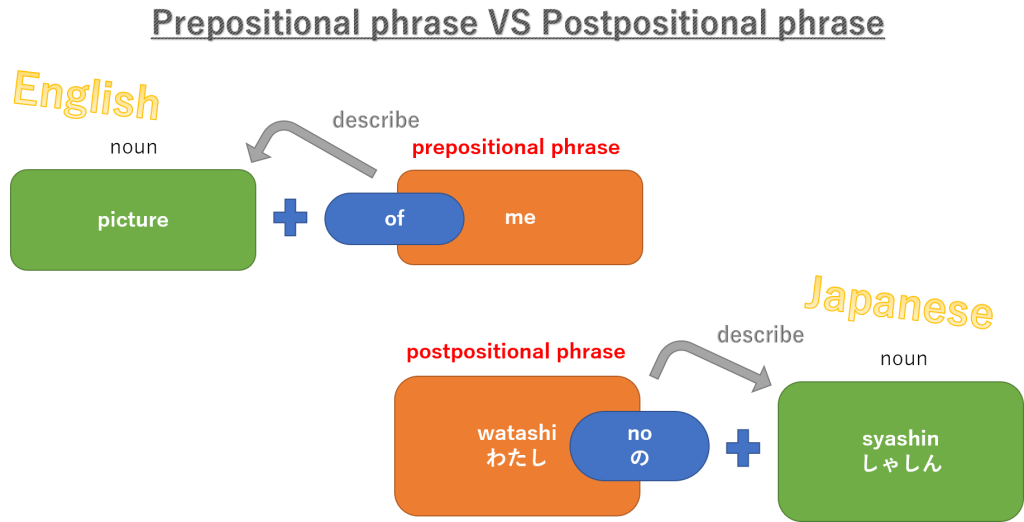
no/の indicates ownership
no/の can be used to show ownership.
<Example 1>
Kore ga boku no kamera desu.
これ が ぼく の かめら です。
これ が 僕 の カメラ です。
[this ga/が I of camera is]
This is my camera.

Here, no/の comes after “boku”, and this tell us that camera is owned by me.
no/の indicates material
no/の can be used to show material.
<Example 2>
Kore wa ki no isu desu.
これ は き の いす です。
これ は 木 の 椅子 です。
[this as-for wood of chair is]
This chair is of wood. / It is a wooden chair.

Here, no/の comes after “ki”, and this tell us that the chair is made of material wood.
no/の indicates type
no/の can be used to show type.
<Example 3>
Heya ni otoko no hito ga iru.
へや に おとこ の ひと が いる。
部屋 に 男 の 人 が いる。
[room に/ni man of person ga/が is]
There is a man in the room.

Here, no/の comes after “otoko”, and this tell us that the person in the room is a man.
no/の indicates location
no/の can be used to show location.
<Example 4>
Tookyoo no tenki wa ii.
とうきょう の てんき は いい。
東京 の 天気 は いい。
[Tokyo of weather as-for good]
The weather in Tokyo is good.
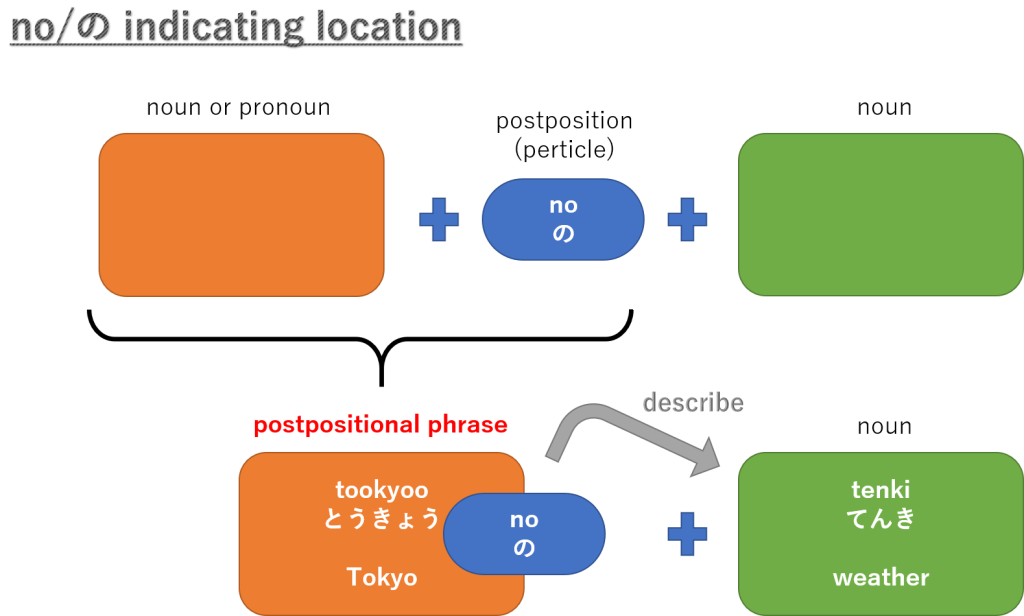
The location of good weather is Tokyo, and we know this because “tookyoo” is followed by no/の.
no/の indicates origin
no/の can be used to show origin.
<Example 5>
firipin-san no banana wa oishii.
ふぃりぴんさん の ばなな は おいしい。
フィリピン産 の バナナ は 美味しい。
[Philippine-made of banana as-for delicious]
Bananas made in Philippine are delicious.

Delicious bananas are made from philippine, and we know this because “firipin-san” is followed by no/の.
You may also like
https://jpgrammar.com/particle-wa/


